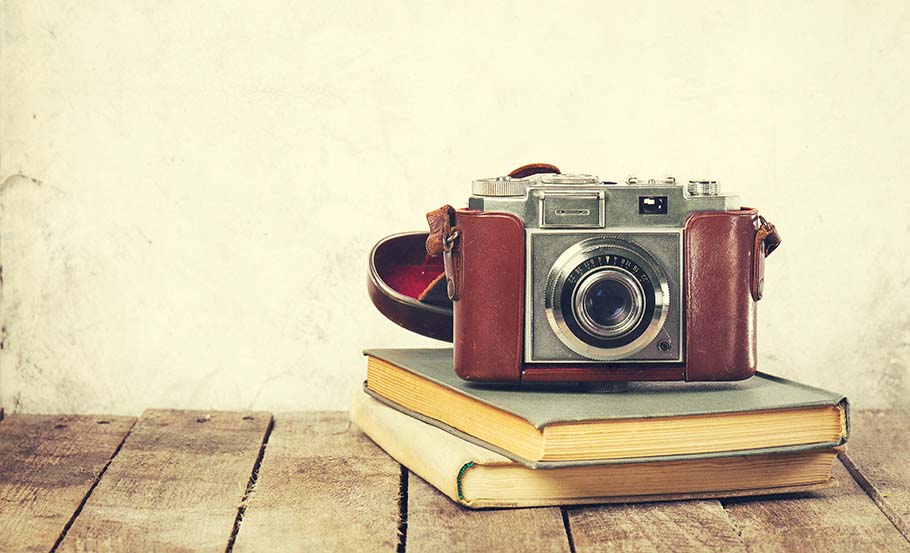Photography is one of the most powerful forms of art and visual communication in the world today, but how did this technique that allows us to capture moments and landscapes so realistically come about? Let’s explore the history of photography from its invention to the present day.
The history of photography begins with the discovery of the camera obscura, a dark box that projects an inverted image of an object onto its interior. From there, several attempts were made to fix this image, such as using chemicals on paper. However, it was not until 1826 that the Frenchman Joseph Nicéphore Niépce was able to capture the first permanent photographic image using a tin plate covered with bitumen of Judea.
From there, other inventors and pioneers of photography emerged, such as Louis Daguerre, who developed a photographic process known as daguerreotype. This process used a copper plate coated with silver and exposed to iodine vapors, creating a fixed image that did not disappear over time.
Photography continued to evolve over the years, with the emergence of new technologies and processes such as color photography and instant photography. In 1888, Kodak launched the first portable camera, making photography more accessible and popular.
From there, photography became an increasingly common way to document moments and landscapes, as well as an artistic expression. Great photographers such as Ansel Adams, Henri Cartier-Bresson, Diane Arbus, and many others left their mark on the history of photography, creating iconic images and influencing generations of photographers.
With the advent of digital photography in the 1990s, photography underwent a radical transformation. Now, it was no longer necessary to use film and chemicals to create photographic images. Digital photography allowed for greater flexibility and control over the image, with the possibility of editing and adjusting the image after capture.
Today, photography is more present than ever in our daily lives. With the popularity of social media and smartphones, anyone can capture and share images with the whole world. Photography has become an accessible form of expression for everyone, and has been used to document our history, tell stories, and provoke social change.
The history of photography is fascinating, and shows how this technique has evolved over the years to become such a powerful form of art and communication. From the invention of the camera obscura to the digital era, photography has been constantly evolving, but its essence remains the same: capturing and documenting the reality around us.



